Government agencies are overwhelmed and underfunded and cannot handle protecting nature alone. Thousands of community conservation groups and volunteers fill the gaps – but are plagued by a lack of money and support. A new report (PDF, 1.3 MB) reveals the extent of the problems and provides a to-do list for fixing them.
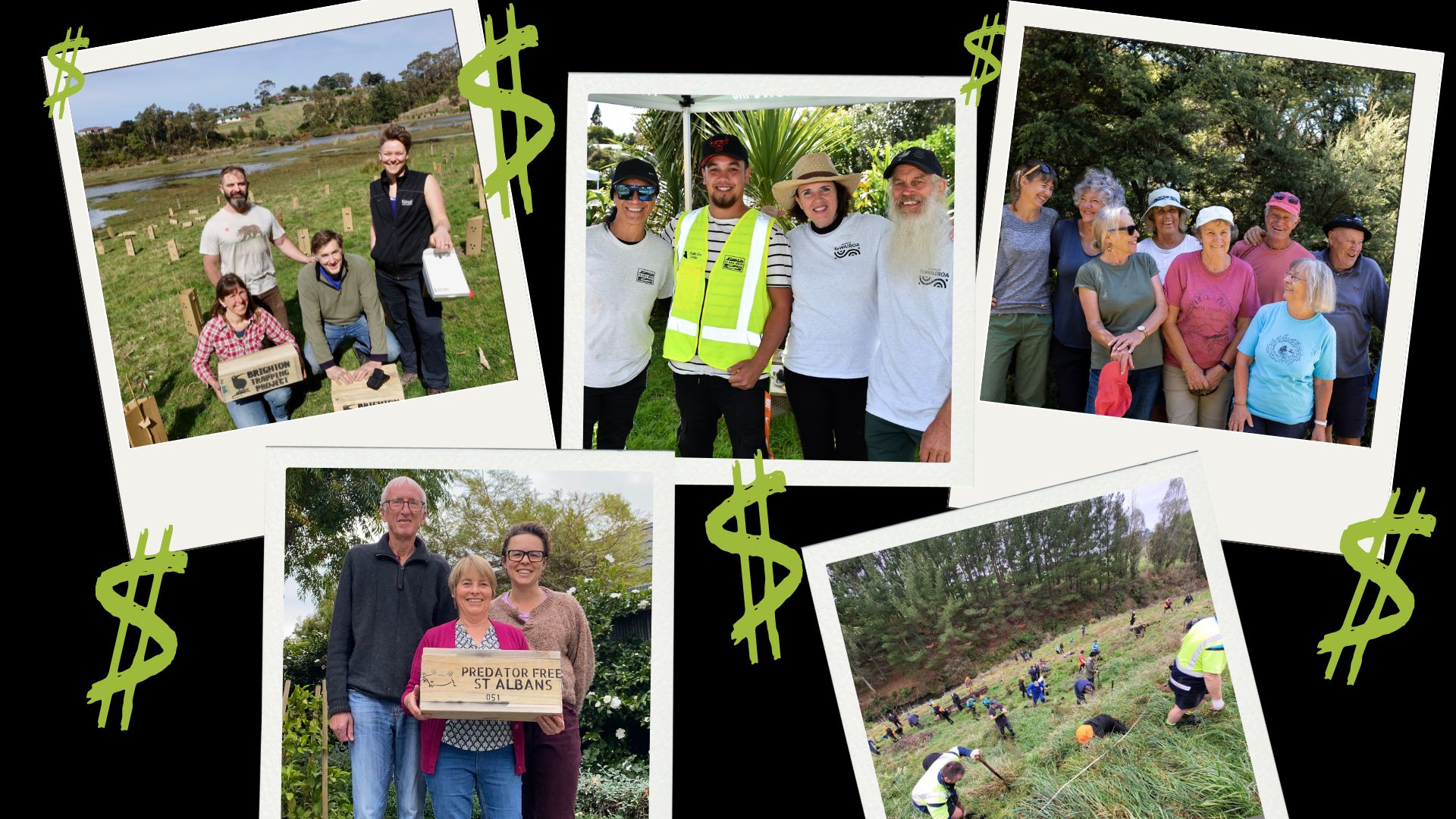
It’s no secret: the Department of Conservation and councils are stretched. Community conservation groups and volunteers work alongside them to shoulder some of the load of predator control, species management, weeding, and planting.
But the kicker: relying on volunteers’ grit and goodwill alone isn’t sustainable.
The current funding and support systems for community conservation groups don’t work. It’s a ticking time bomb unless we start investing in and supporting them properly.
The Mātaki Environmental report doesn’t just sound an alarm – it offers a lifeline. It provides tangible, achievable solutions. Community conservation groups, agencies and funders can use this report not only to survive, but thrive.
Reality check: what’s the problem?
The report doesn’t mince words about the current state of funding for conservation in Aotearoa New Zealand, dubbing it a “hostile environment”. Conservation has never been funded enough. It’s a “welfare recipient” of our economy and is even more cash-strapped now.
Why? One reason is the impact of COVID-19 and the government’s financial response drawing money away from other sectors. Another is the end of Jobs for Nature, which helped many groups expand their operations but now they are left with more to do but no money to do it.
The report surveyed more than 300 community conservation groups and interviewed many more. There’s such diversity in the groups, which translates to quite different funding and support needs.
It revealed that government grants and philanthropy are key funders. However, more than 60% of groups dip into their own pockets to keep going, citing “ghastly paperwork” and heavy reporting burdens as a barrier to applying for funding.
“The current funding and reporting system seems to be one designed to maximise administrative and monitoring costs and to impose unreasonable reporting requirements upon voluntary groups,” said one respondent.
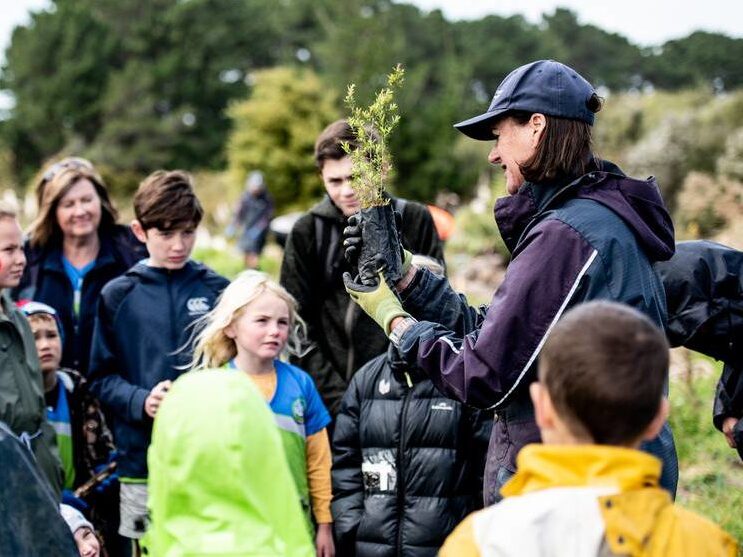
The short-term nature of available funding meant groups are operating hand-to-mouth and unable to plan for the future. Many face either scaling down or shutting down within the next 6-12 months.
“Funding processes are often cumbersome, disproportionate to the level of funding available and inflexible, with funding periods typically being short-term and requiring repeat reapplications and constant ‘dressing up’ of business-as-usual endeavours to attract and retain support,” wrote one respondent.
Funding needed for staff, not just materials
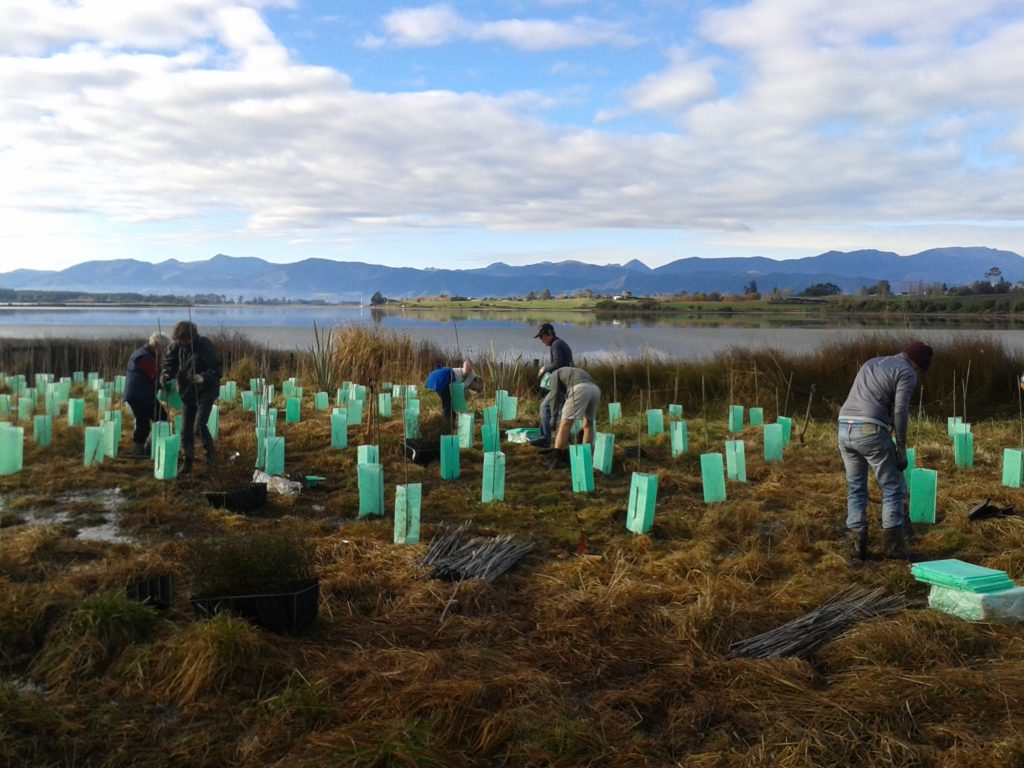
Funding criteria often don’t match the sector’s needs.
Most funding goes to materials (like traps, plants and tools), but groups often need to pay staff or cover operational costs.
“While people understand about giving for tree planting, they are less likely to understand the importance of having a paid person to organise the activities, prepare the sites, oversee and train volunteers, monitor survival rates, write reports, purchase trees and equipment,” wrote another respondent.
Beyond trap counts: telling the full story
Funders want bang for their buck, compelling stories and strong value propositions.
Unfortunately, trap kill counts or weeds pulled, often the main outcome shown by conservation groups, don’t show their full impact.
Community groups need help monitoring their impact, demonstrating their value, and telling their stories. The number of predators trapped hardly tells the whole picture of a community-led conservation group.
However, other metrics, like ecological or social outcomes, are harder to convey, and time or equipment to do this is seldom funded.
“With limited funding, the key priority is completing predator control on the ground. To increase our capacity for monitoring and reporting, we would need funders that specifically fund that (including staff time), but most funders only want to fund direct things like volunteer work on the ground,” said one respondent.
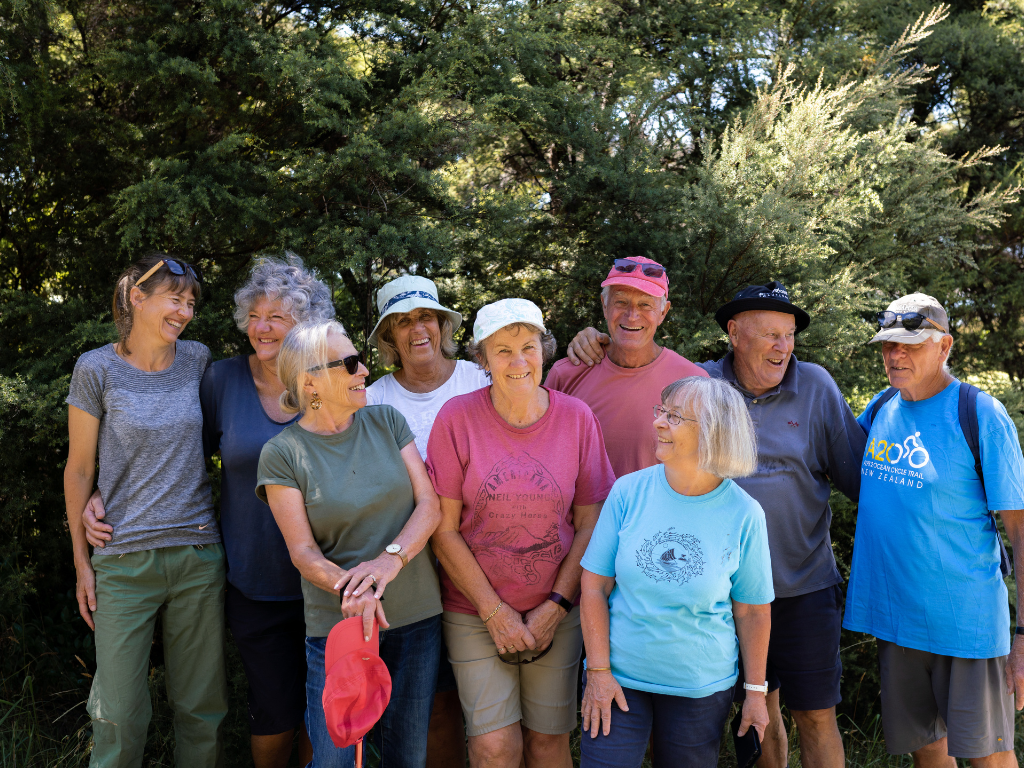
To-do list for groups, agencies and funders
The report (PDF, 1.3 MB) provides a comprehensive to-do list (PDF, 137KB) for community conservation groups, agencies and funders (pages 39-49).
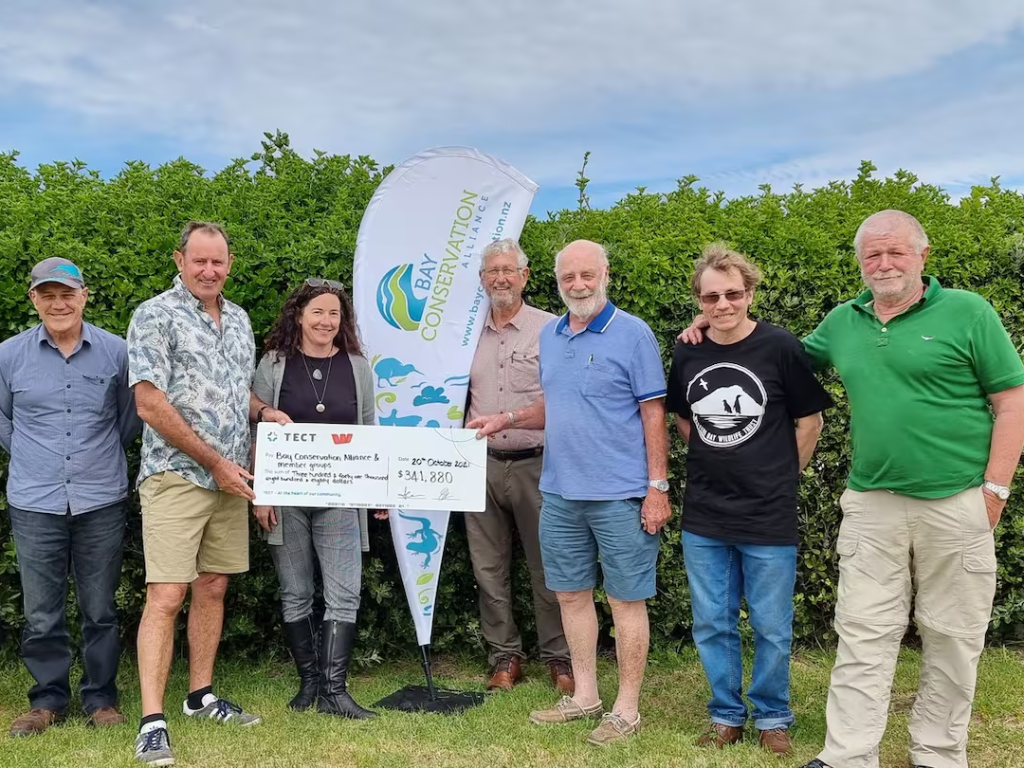
For example, it recommends that groups join the local hub or collective if they can to ensure they align with regional or national goals and shed administrative burdens by working under an umbrella organisation. Less than one-third of the surveyed groups were affiliated with a hub or collective.
The report calls for funders to simplify their application processes. Clear, easily accessible criteria and a proportional application process are key. Funders should also make it easy for applicants to assess their eligibility with light-touch expressions of interest or informal pre-application discussions.
The report also suggests funders pay for staff time and for monitoring of project outcomes if they don’t already.
Improvements to the funding system are crucial. But at the end of the day, funds are outstripped by demand.
Alternative sources of income could be contracts for services, where community groups could obtain a contract with agencies and private sector to deliver services, for example weed control in community parks. Another option is endowment funds, large sums invested in which interest payments are paid out to support ongoing costs.
It’s clear that community is an important part of the larger system of conservation in Aotearoa.
Predator Free New Zealand Trust chief executive Jessi Morgan recaps, “we have to reframe conservation and nature not as a “cost” but as an investment in our economic, social, and environmental future. And what’s more important than that?”
Download the summary presentation (PDF, 2.6 MB)
Download the full report (PDF, 1.3 MB)
Download the quick guides for groups, agencies and funders (PDF, 137 KB)

